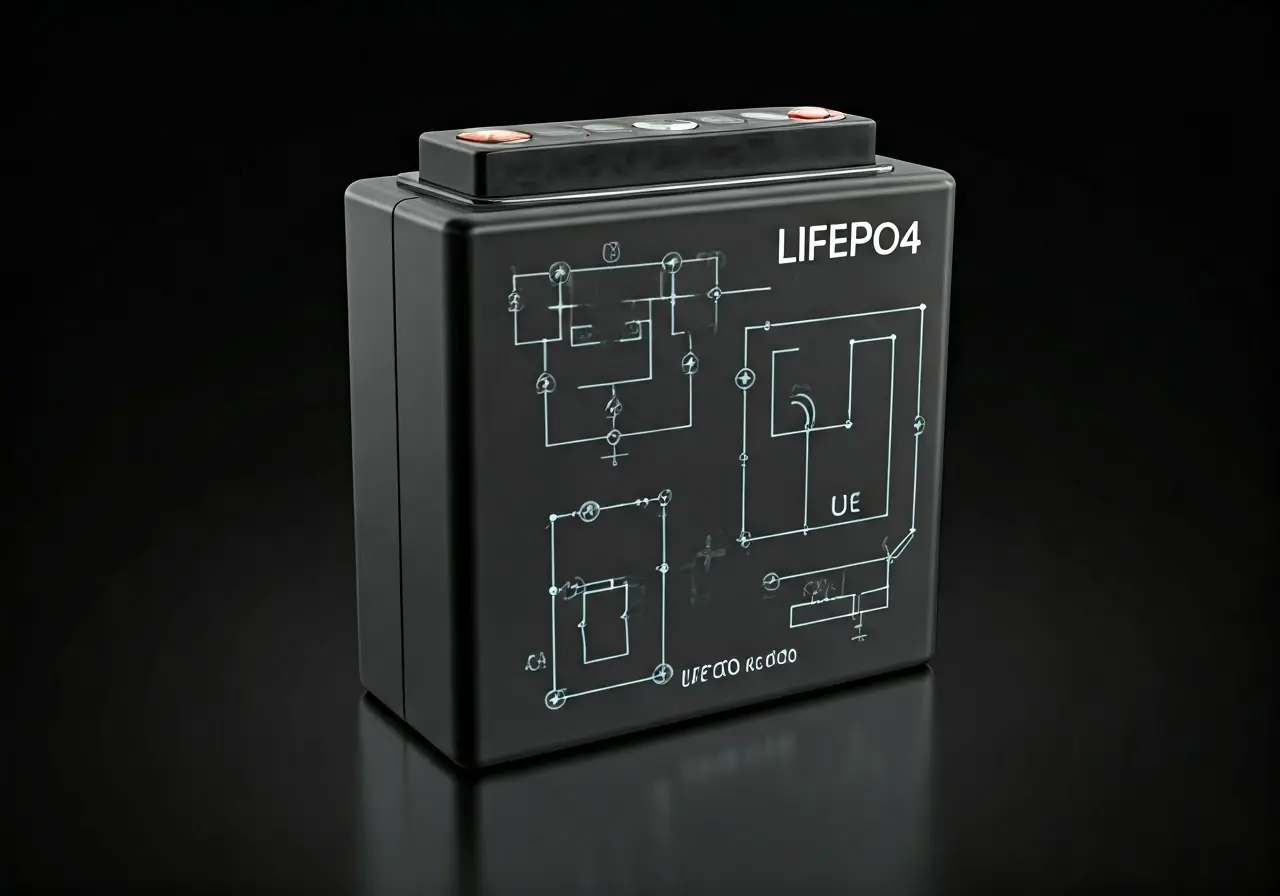5 Surprising Facts About LiFePO4 Batteries You Need to Know
LiFePO4 batteries might sound complex, but they're actually fascinating components of modern technology. Known for their safety and efficiency, these batteries are revolutionizing the way we power our devices. Whether you're tech-savvy or just curious, let's dive into some surprising facts about LiFePO4 batteries that you need to know!
1. Understanding the Basics of LiFePO4
LiFePO4 stands for lithium iron phosphate, a type of lithium-ion battery known for its high safety profile and stable chemistry. Unlike other lithium-ion batteries, LiFePO4 offers a unique set of characteristics that make them ideal for various applications. From high-capacity backup power supplies to energy storage solutions, these batteries are versatile and practical for today’s tech-driven world.
One major advantage of LiFePO4 batteries is their consistent performance over time. They maintain almost 100% capacity even after years of use, which is a testament to their reliability. This consistent output ensures that devices powered by these batteries can operate at optimal performance levels, enhancing user experience and satisfaction.
2. Unmatched Safety Features
Safety is a top priority when it comes to batteries, and LiFePO4 excels in this department. Thanks to their stable chemical composition, these batteries are less prone to overheating and thermal runaway, making them one of the safest options available. Furthermore, their non-toxic and inflammable nature reduces the risk of accidents, which is crucial for devices that require long-term and unattended operation.
Moreover, LiFePO4 batteries are engineered to withstand internal and external stresses without affecting safety, which adds another layer of protection. They have a higher resistance to common battery failures and environmental factors, ensuring they remain reliable in various conditions.
3. Longevity That Impresses
One of the standout features of LiFePO4 batteries is their longevity. With the ability to withstand thousands of charge cycles, these batteries last significantly longer than many other types, providing excellent long-term value. This extended lifespan not only conserves energy but also reduces the frequency of replacements, thereby diminishing the environmental impact and lifecycle costs.
The superiority in longevity can be attributed to LiFePO4's robust build and chemical stability, which together preserve battery life. When utilized in applications such as renewable energy systems and electric vehicles, these batteries offer a reliable and sustainable solution for the long haul.
4. Rapid Charging Advantages
Charging can be a time-consuming process, but LiFePO4 batteries are known for their rapid charging capabilities. This means less downtime and more time for you to use your devices without interruption. As charging technology advances, LiFePO4 batteries keep pace, allowing users to quickly bring devices back to full power, ensuring they meet daily demands without delay.
The technology behind their quick charge ability lies in the battery's unique chemical structure which minimizes energy loss during charging. This means that not only do they charge quickly, but also efficiently, conserving energy in the process.
5. Environmentally Friendly Choice
In an era of increasing environmental awareness, LiFePO4 batteries stand out as a green choice. They are free from toxic heavy metals and offer a longer lifespan, reducing the need for frequent replacements and minimizing waste. Their environmental benefits do not end here; the production of LiFePO4 batteries consumes fewer resources, aligning with global efforts to promote sustainable manufacturing practices.
Additionally, these batteries feature a lower environmental footprint compared to other lithium-based batteries. Their reduced need for raw materials leads to lower carbon emissions, making them a cleaner solution for powering the future of technology and energy storage.


